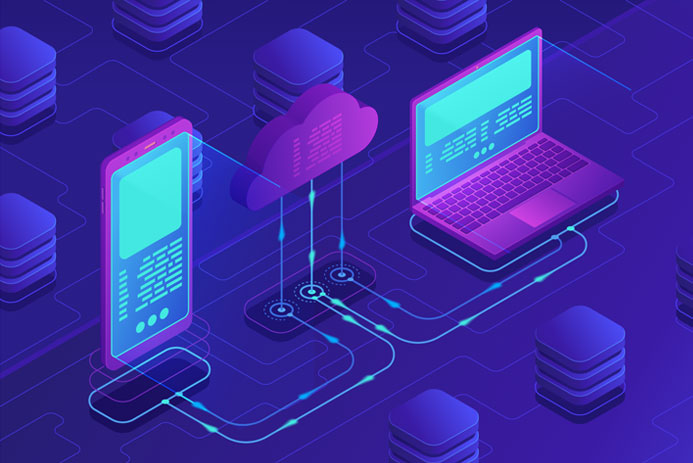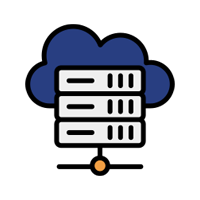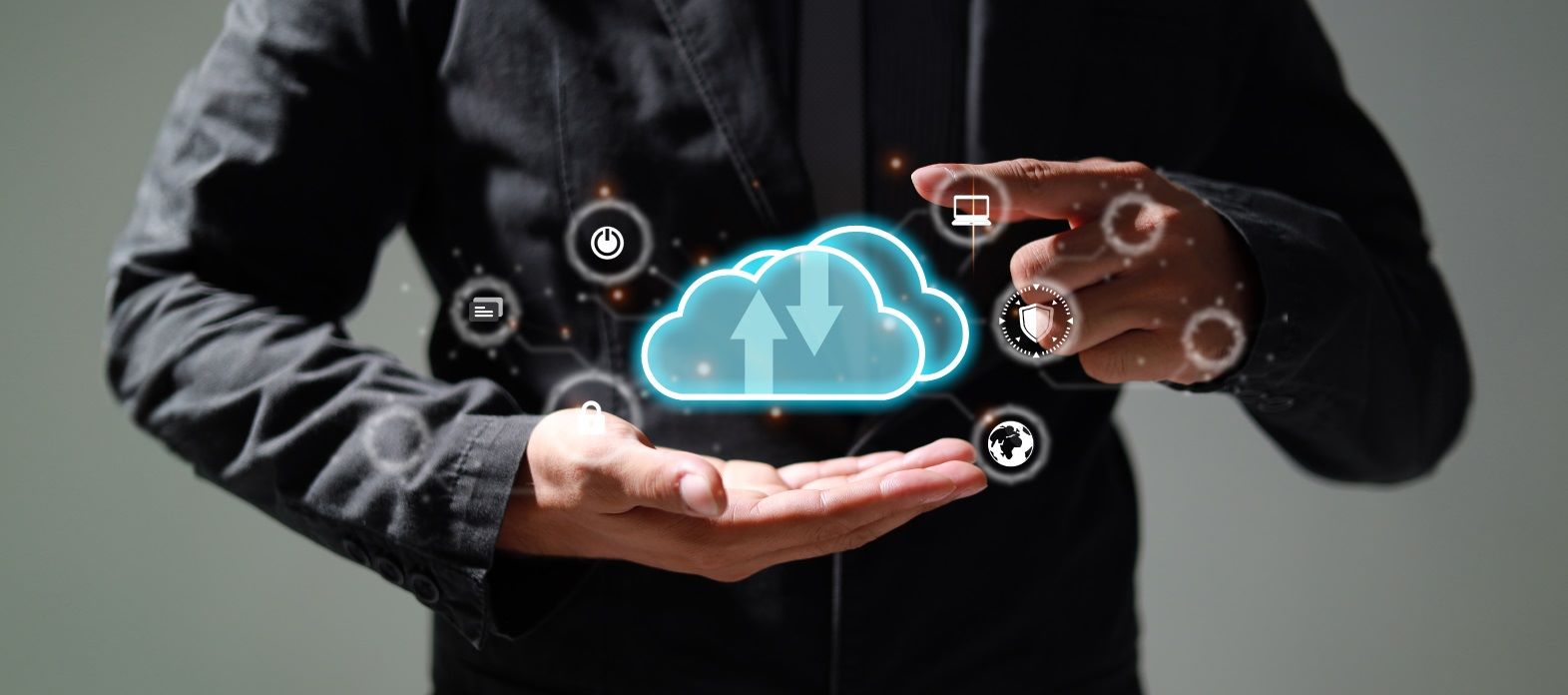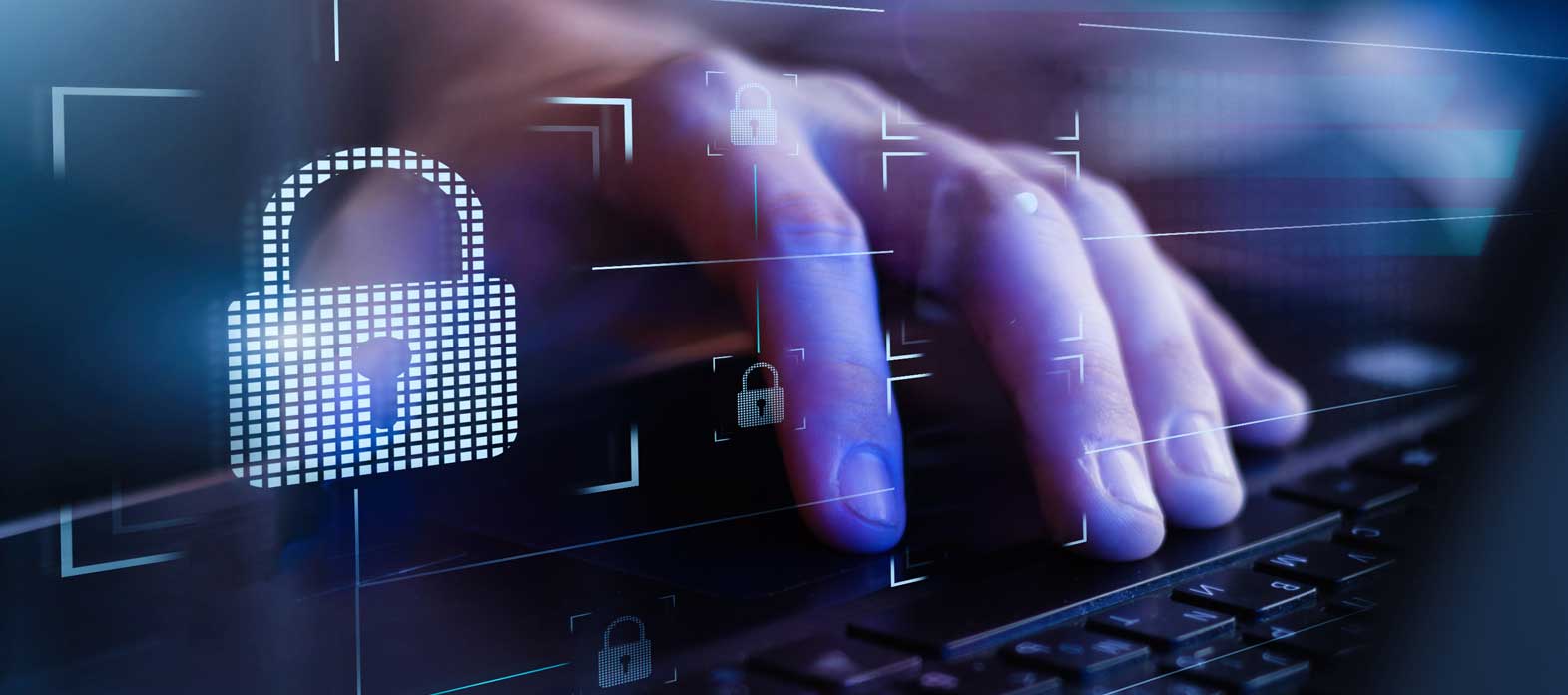Does your backup and recovery strategy
align with the new normal?

As businesses continue to operate in a highly distributed and complex ecosystem, with remote workforce and data no longer confined to office desktops, organisations need to revamp their data backup and recovery practices to align with the new business environment.
Businesses have entered a new work environment, also widely known as the ‘new normal’. While we have seen organisations ramping up their digitalisation efforts to ensure business continuity, the focus is now on realigning enterprise-wide digital practices with the new normal. Data has, unarguably, taken the center stage as most business processes, customer engagements, collaboration, and much has gone digital, thereby generating, processing and consuming a lot more data than ever before. It can also be said that in this remote environment, everything and everyone is connected by data. Hence, it becomes imperative to ensure that data is always at your disposal.
With the new normal comes new challenges, and one of these critical challenges around data is backup and recovery. Due to continuous digitisation and the pandemic-driven acceleration, data is being generated and stored at multiple points. Unlike traditional setups wherein data resided on-premise, and the IT team looked after backup and recovery, an organisation’s IT ecosystem now consists of numerous elements such as multi-cloud, Internet of Things (IoT), Edge computing and much more. This complex ecosystem requires data to be available to each of these elements at all times. Hence, organisations are now faced with the need to realign their data backup and recovery strategy with today’s business ecosystem.
Additionally, cybercriminals’ target has now shifted to homes rather than offices. As employees continue to work from home and generate data, these are easy targets for ransomware and other malicious attacks. Then there are common challenges of hardware down, storage devices crash, lost laptop and others. IT teams need to be at the top of the situation, rather than waiting for the disaster to knock on the doors. Below, I have outlined a few of the things that the IT teams should consider for a peaceful night sleep.
- Having an Endpoint-centric approach: The shift to a remote workforce is one of the biggest impacts of the pandemic, which has resulted in the growth of endpoint devices and locations. Although enterprises have made big leaps in cloud adoption in recent times, managing data on employees’ endpoint devices from remote locations remains a major challenge. With data no longer residing on-premise and organisations having little or no control over the network and devices used by employees, they need to think beyond office desktops and evolve their data backup, and recovery approach from being perimeter focused to endpoints centric.
- Ransomware-aware means Ransomware-protected: The threat of ransomware has been looming large, even more so in a remotely connected world. According to an IDC survey, about one third of organisations globally have experienced a ransomware attack or breach incident that blocked access to systems or data in the previous 12 months. Due to their vulnerability, endpoint devices could become easy prey to ransomware attacks. While enterprises invest in Endpoint Detection and Response (EDR) solutions to mitigate such threats, it is also imperative to have a ransomware-aware data backup and recovery solution that can detect anomalies and help secure endpoint data.
- Automating backups in remote environment: Managing data on employee laptops without physical access has been a challenge for IT teams across organisations. Furthermore, owing to the increased number of endpoint devices, manually managing backups could cost significant time and efforts. To streamline this process, organisations need an automated backup solution that provides visibility into all remote devices from a single pane of glass and seamlessly performs scheduled backup and operations without any manual intervention by the user or IT team.
- Geo-location and remote-wipe capabilities: In a distributed environment, gaining visibility and control of endpoint devices is key. As laptops are no longer within the boundaries of office, they are more susceptible to physical threats along with cyber-attacks. In such a scenario, an organisation’s IT team must be equipped with a backup and recovery solution that enables them to geo-locate, encrypt, and remotely wipe data on devices in case of loss or theft and prevent data misuse.
- Empowering employees with self-service capabilities: Gone are the days when the IT team could be reached from across the office desk for any support. Moreover, as the organisation’s IT needs change dynamically with business growth, IT teams must focus on business-critical applications. In line with this objective, organisations would be required to empower their distributed workforce with the ability to restore data quickly without IT desk support.
The remote workforce will continue to remain a key component of the new normal, and organisations will continue to evolve in their digital journey. In this constant endeavour of digitalisation, data would be the fuel to drive innovation, and protecting this data will be among the prime focus areas for business leaders. Data backup and recovery will no longer be confined to just data protection; it will be a crucial part of an enterprise data security strategy. Hence, a robust backup and recovery framework, that addresses the needs arising from the constantly-evolving and complex digital ecosystem, will be paramount and enterprises must start realigning their backup and recovery mechanisms now to be ready for the future.
Related Blogs




















